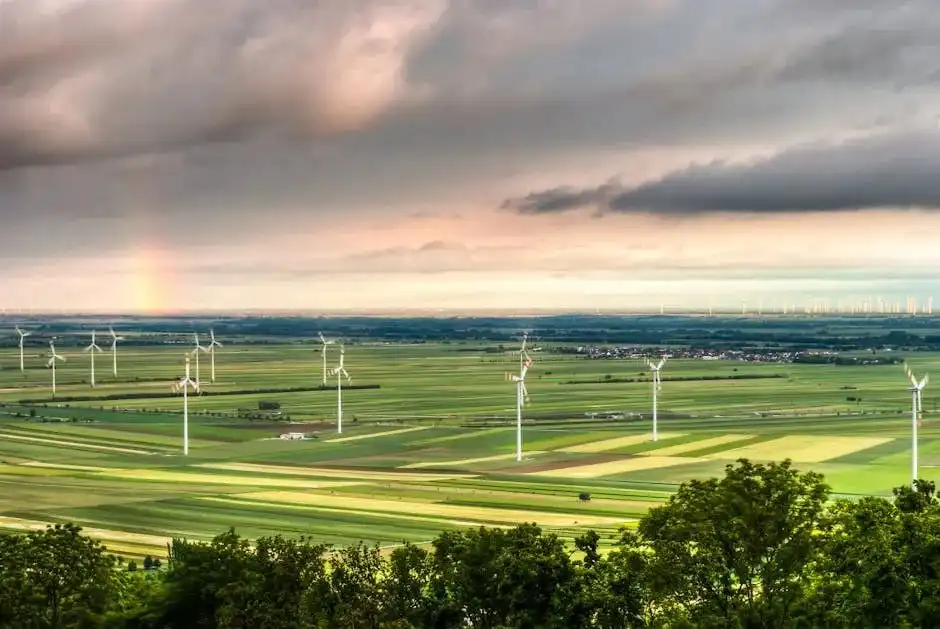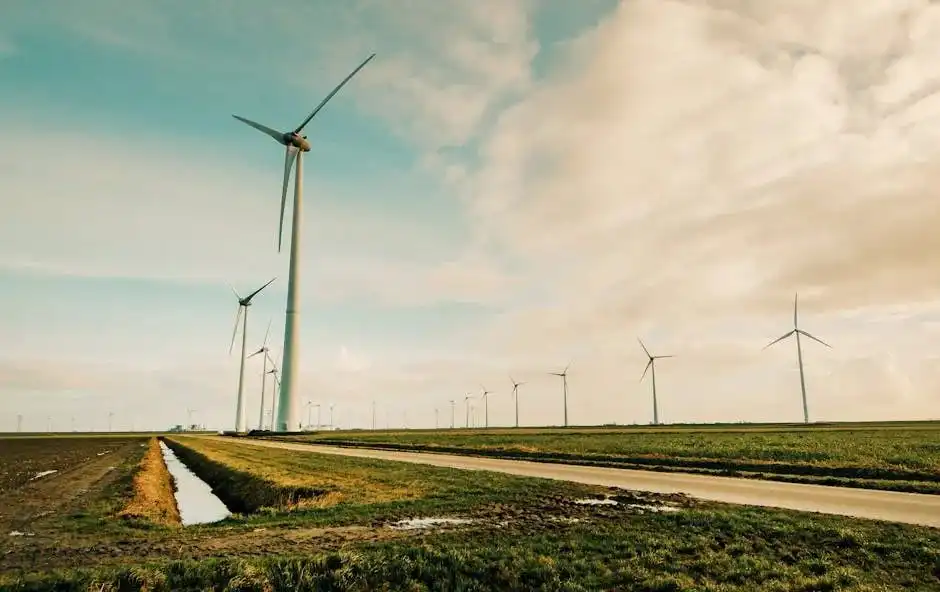Wind power in Europe:Recovery accelerates and bottlenecks need to be solved
The development of the European wind power market, which has been sluggish for several years, is expected to accelerate.

Recently, the European Wind Energy Association released data forecast that with the accelerated approval of wind power projects in various countries and the increase in wind energy-related investment, the new installed wind power capacity in Europe will reach 21 GW in 2024; by 2030, the new installed wind power capacity is expected to exceed 262 GW. The development of the European wind power market, which has been sluggish for several years, is expected to accelerate. However, the agency also stated that insufficient infrastructure construction related to onshore and offshore wind power in Europe may become the most important bottleneck for wind power expansion in European countries.
The market environment has improved
Data from the European Wind Energy Association show that in 2023, EU countries will add 16.2 GW of new wind power installed capacity, most of which are onshore wind power, accounting for 79%. Among them, Germany, the Netherlands and Sweden rank among the top three in new wind power installed capacity. Germany ranks first in the new installed capacity of onshore wind power, adding 3567 MW in 2023; the Netherlands was the EU member state with the highest installed capacity of offshore wind power last year, with an increase of 1906 MW; during the same period, the installed capacity of offshore wind power in the UK increased by 833 MW last year. In addition, last year, 18.3 gigawatts of wind power installed in Europe were added, bringing the cumulative installed wind power capacity to 272 gigawatts.
The industry generally believes that after several years of downturn, the European wind power market has begun to pick up. "The European wind power market is gradually improving." Gilles Dixon, CEO of the European Wind Energy Association, said,"According to the new EU regulations, the approval speed of wind power projects in various countries has accelerated and the scale of investment has increased. Last year, the auction scale and construction speed of wind power project resources reached record highs."
Take Germany as an example. From 2017 to 2019, the country's annual installed capacity of newly approved wind power projects was only less than 2 GW. However, in 2023, the approval capacity of new wind power projects in Germany will be 7.5 GW, a year-on-year increase of more than 70%. During the same period, Spain, France, the United Kingdom and other countries also significantly accelerated the speed of project approval.
In terms of electricity consumption, in 2023, wind power generation will account for about 19% of the EU's total electricity consumption, and the annual power generation will be 466 TWh, an increase of 13% compared with 2022. Among them, Denmark's wind power output is the most prominent, accounting for 56%. In addition, there are 7 countries whose wind power generation accounts for more than 1/4 of the overall electricity consumption.
It is worth noting that among the new onshore wind power installed capacity in 2023, about 1 GW of new capacity will come from the renovation and expansion of old wind farms. It is reported that currently, the number of old wind turbines with a operating life of more than 15 years on the European continent reaches 18,000, and the proportion of old wind turbines in Spain, Germany and Denmark is even more prominent. From the industry's perspective, in addition to the new wind power market, the demand for old wind farm renovation is also increasing day by day, and the market potential is gradually reflected.
Still unable to meet climate goals
According to Gilles Dixon, in 2023, the recovery of the European wind power industry is inseparable from policy support. In 2023, the EU will introduce a number of support measures to boost the local wind power manufacturing industry. The European wind power supply chain is gradually returning to the profit range, and the release of new production capacity is also accelerating.

At the end of last year, the EU launched a "wind power package plan", and 26 member states signed the "European Wind Energy Charter" to support the development of the local wind power industry chain. Not only that, in February this year, the European Parliament and the Council of the European Union also reached a final agreement on the "Net Zero Industries Act", formally incorporating pre-qualification criteria into legislation, and promoting non-price evaluation criteria to play a greater role in project bidding; at the same time, The two major EU institutions have also set a wind power supply chain production capacity target of 36 GW per year.
However, the European Wind Energy Association also pointed out that at present, the growth rate of wind power installed capacity in the EU may still not be able to meet the climate goals. Judging from the "Renewable Energy Guidelines" currently formulated by the European Commission, in 2030, the EU's greenhouse gas emissions should be reduced by at least 55%, and the proportion of renewable energy installed capacity should reach at least 42.5%, and strive to reach 45%. The agency believes that based on the calculation of "cumulative wind power installed capacity target of 425 GW by 2030", the EU actually needs at least 33 GW of new wind power installed capacity every year to meet the renewable energy development goal. According to the current growth rate of wind power installed capacity, the average annual increase in wind power installed capacity in European countries is expected to be 29 GW between 2024 and 2030. By 2030, the cumulative wind power installed capacity in the EU will still be less than 400 GW, which will not meet the set goal.
Grid connection may become the biggest constraint
The European Wind Energy Association pointed out that although the problems in the wind power manufacturing industry chain have improved, the European wind power industry still faces serious problems of delay in power grid construction and delay in the connection of new projects. The grid connection bottleneck has become the most important challenge faced by European wind power project developers.
The agency pointed out that most European countries currently adopt a "first-come, first-served" approach to connect new wind power projects to the grid, but the speed of new grid connection is far from the increase in project capacity. Currently, hundreds of megawatts of new wind farms are waiting to be connected to the grid, and some countries have even taken as long as 10 years to approve and connect to the grid. According to data recently released by the German government, as many as 6 gigawatts of offshore wind power projects may be delayed for two years due to grid connection delays.
In the view of the European Wind Energy Association, it is necessary to further increase the growth rate of wind power installed capacity in European countries, accelerate infrastructure construction and timely optimize power grid equipment. In terms of offshore wind power access infrastructure, governments of various countries should find a fair and reasonable way to share the costs and benefits of building wind power projects as soon as possible.
The European Wind Energy Association also stated that the current supply chain crisis in the European wind power industry has not been completely resolved, and insufficient offshore wind power infrastructure and port capacity have also dragged down the development of wind power. In addition, residents in some areas have strong opposition to wind power projects, which has hindered the construction of new projects.

